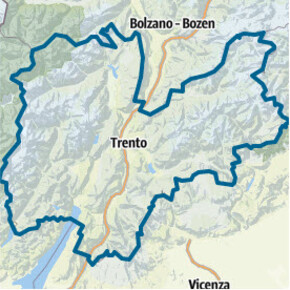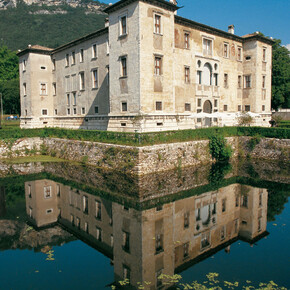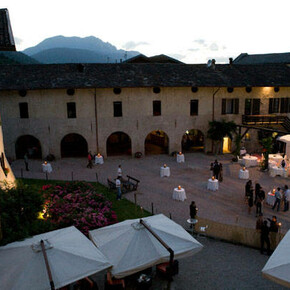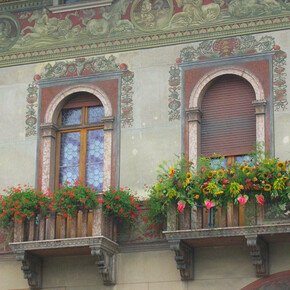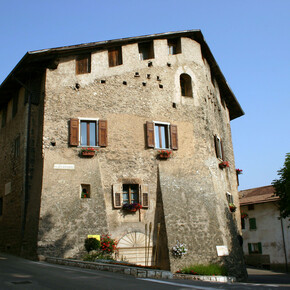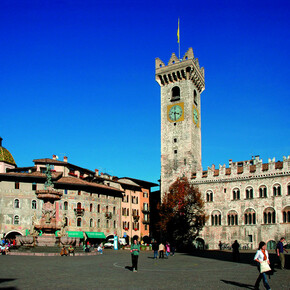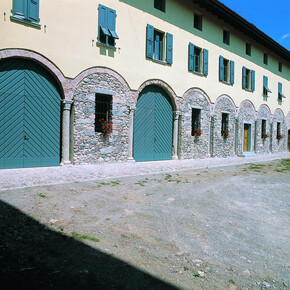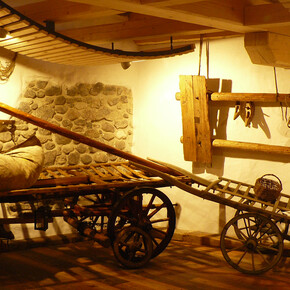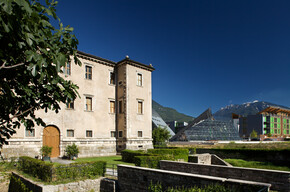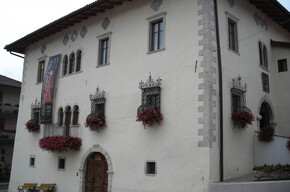Palazzo Scopoli
From being the seat of power to becoming the Casa del Cibo (House of Food): the history of Palazzo Scopoli from the eleventh century to today
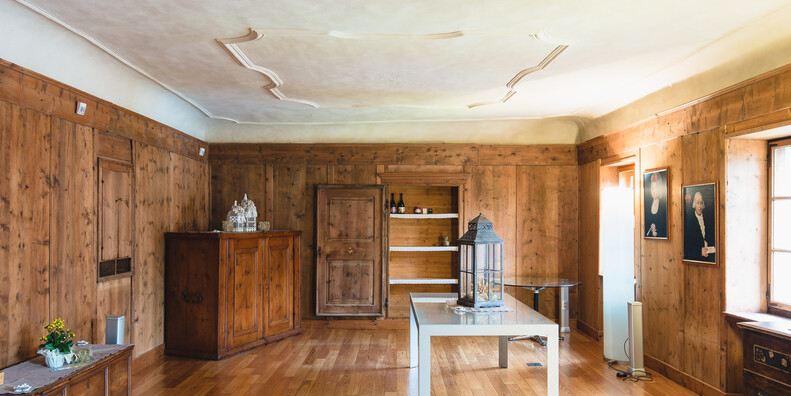
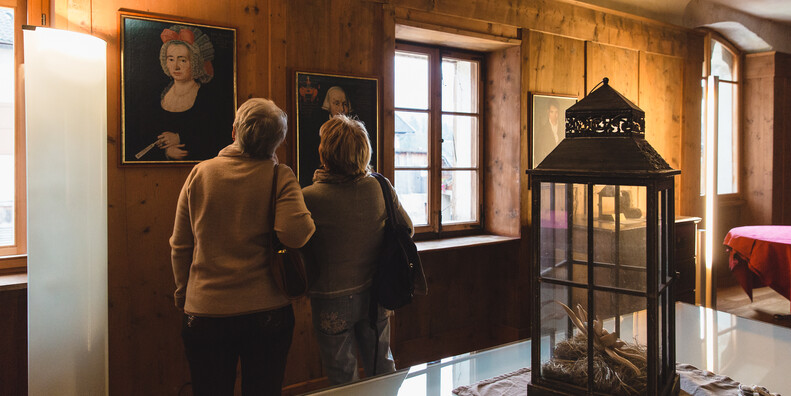
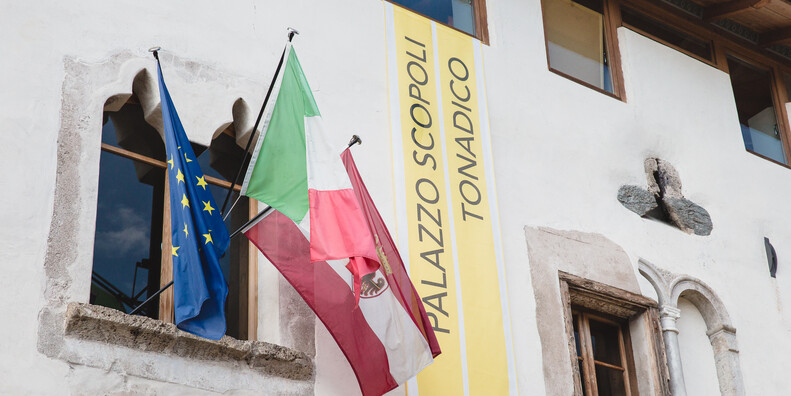
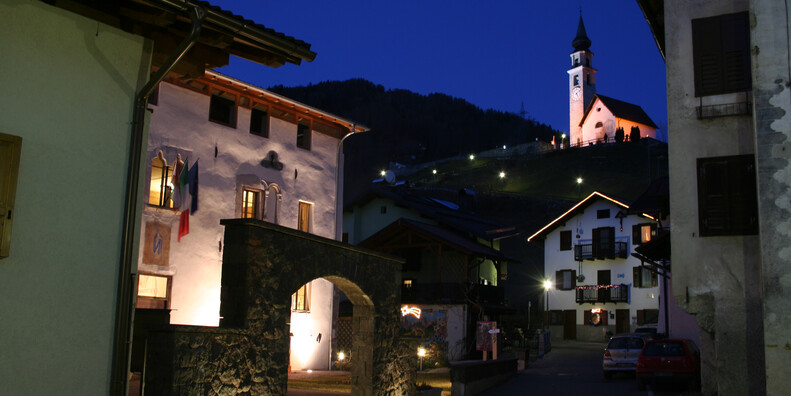
The palazzo, dating back to the year 1000, is situated in the old town centre of Tonadico. At the end of the Middle Ages, it became a place where justice was administered and, in the fifteenth century, the property passed into the ownership of the Scopoli – a family of notaries – who extended and transformed it into the symbol of the power they had acquired.
The grandeur of the Scopoli family is confirmed by the building’s wide staircases, some sixteenth-century fresco decorations and the small private chapel featuring the coats of arms of the bishops of Feltre, who had consecrated it in the sixteenth century. A room preserves noble blazons – including that of the Welsperg – as was customary until 1551, phytomorphic decorative fascias and an Adoration of the Magi.
In the 19th century, the Scopoli family went into decline and the palazzo was used for social housing purposes. Thanks to substantial restoration work that was completed in 2003, Palazzo Scopoli has regained its ancient appearance. On the main façade, there are two triangular machicolations, three different double lancet windows, a trace of an ancient arched entrance and paintings of various eras. Inside, in the chapel dedicated to Santa Maria Maddalena, there are some detached frescoes of the church of San Vittore and a precious Late Gothic altar made by Ruprecht Potsch’s workshop.
Today, the building is used as a “Casa del Cibo” (House of Food), a venue for meetings, tastings and conferences to discover one of the greatest legacies of the Primiero area: its wide range of quality typical food products. The palazzo can be visited from June to September and is part of the heritage-cultural trail “da Tonadico a Cimèrlo, sul cammino della storia” (“On the history path, from Tonadico to Cimèrlo”.
Contact & Directions
ApT S. Martino di Castrozza, Passo Rolle, Primiero e VanoiVia Dante, 6
38054 Fiera di Primiero Visit Website
You may also like ...


